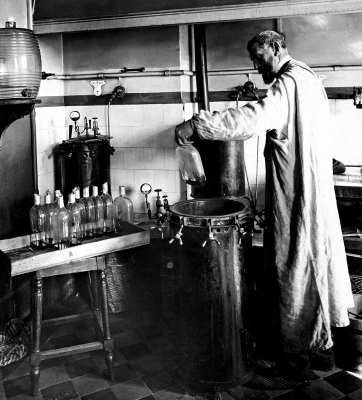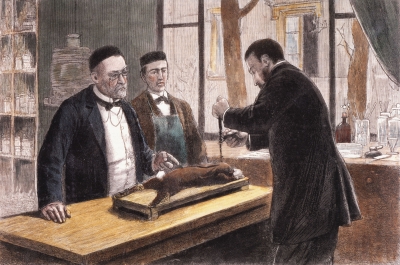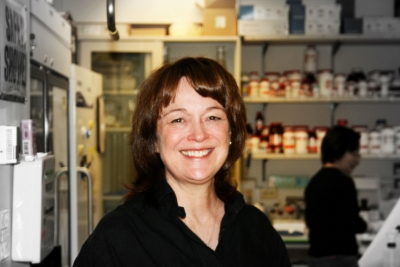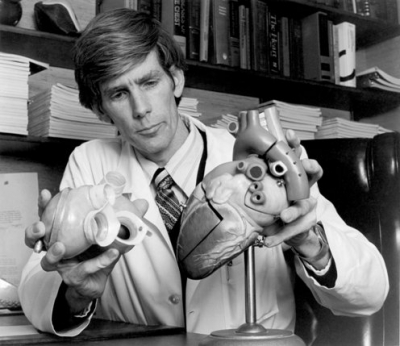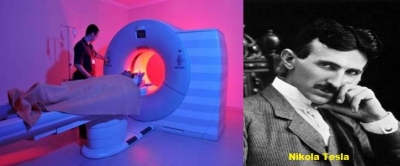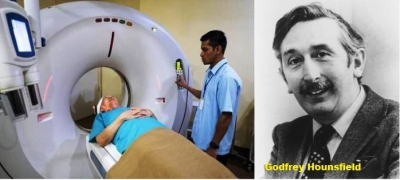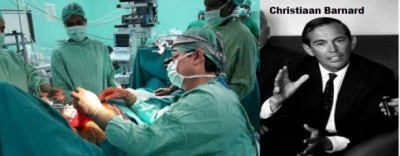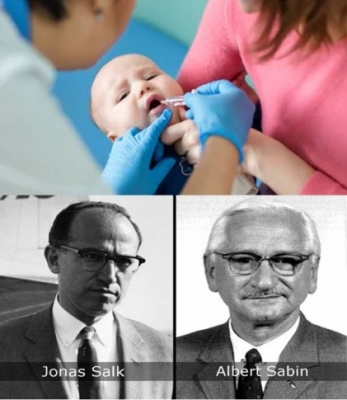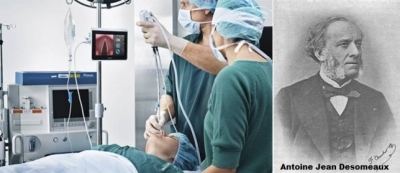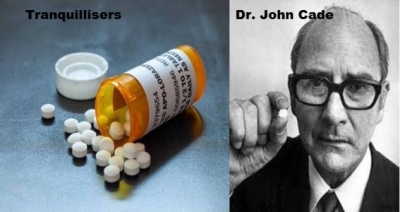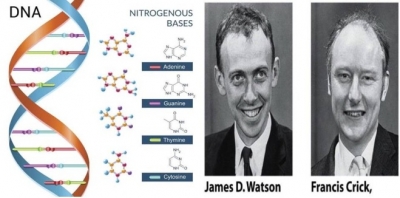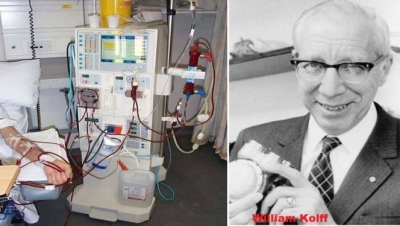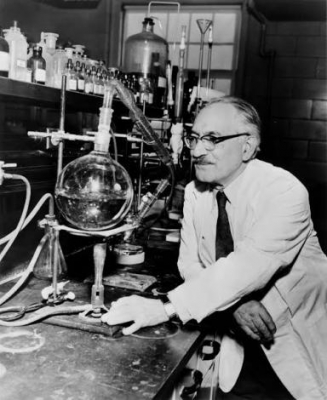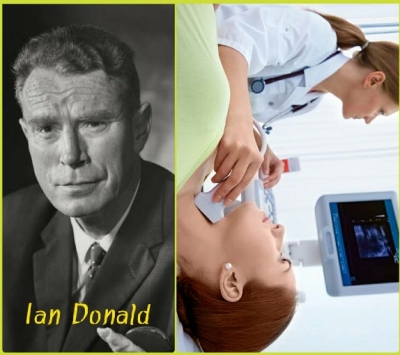Who was Rosalind Franklin?
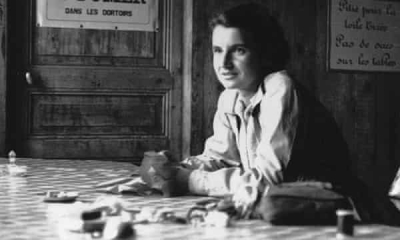
Rosalind Franklin is an English chemist, best known for her role in the discovery of the structure of DNA, a constituent of chromosomes that serves to encode genetic information. Her work on the X-ray diffraction images of DNA, particularly Photo 51, led to the discovery of the double helix shape of DNA. Since Nobel Committee does not recognise work posthumously, the Nobel Prize in Physiology or Medicine in 1962 went to Francis Crick, James Watson, and Maurice Wilkins, who based their work on her data.
Rosalind was a topper and an all-rounder in school. Her interests were in maths, sports and languages. Born to a prominent British Jewish family in 1920, Franklin studied the Natural Sciences Tripos at Newnham College, Cambridge, from which she graduated in 1941. She joined the University of Cambridge physical chemistry laboratory as a research fellow. Since this was during World War II, she worked on the porousity of coal for fuel purposes and other wartime devices
After finishing her work on DNA, Franklin led pioneering work at Birkbeck, University of London, on the molecular structures of the Tobacco Mosaic virus (TMV), an RNA virus that infects tobacco plants. Her work provided new insights into the structure of viruses.
Picture Credit : Google
